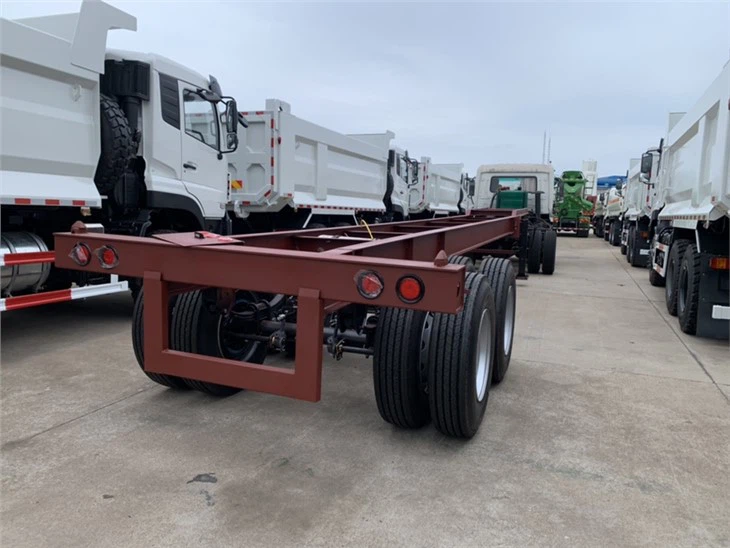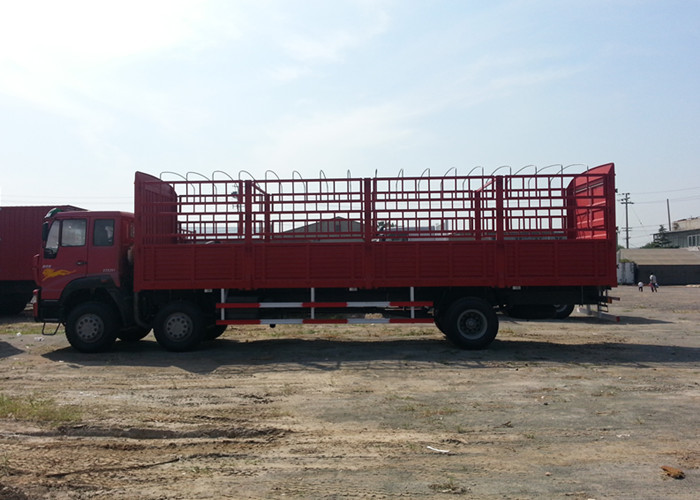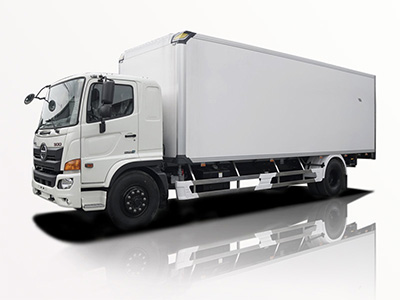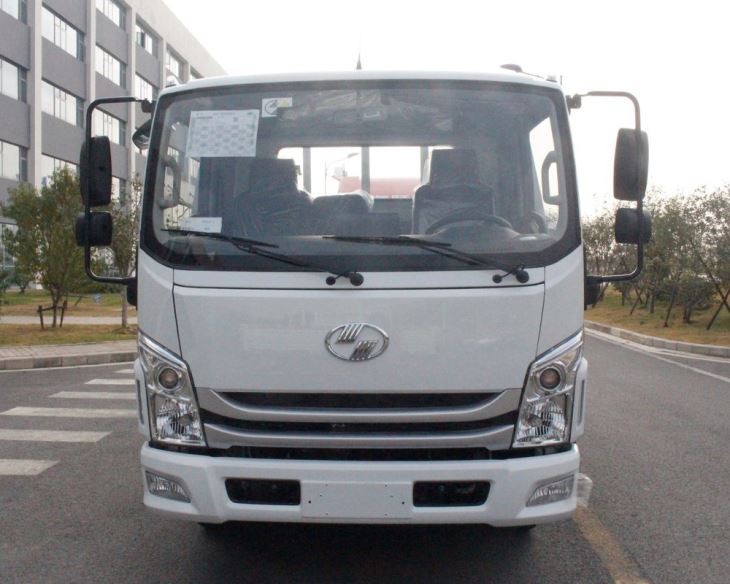Smoke suction machines have become invaluable tools in various industries. They play a critical role in maintaining air quality and ensuring the safety of workers by removing harmful smoke and pollutants from the environment. In this article, we will delve into the details of smoke suction machines, their applications, types, maintenance, and much more.
What is a Smoke Suction Machine?
A smoke suction machine is an industrial device designed to capture and eliminate smoke and harmful particles generated during processes like welding, cutting, and soldering. These machines are equipped with powerful fans and filtration systems that trap harmful substances before they can enter the breathing zone of workers.
How Do Smoke Suction Machines Work?
Smoke suction machines operate through a simple mechanism: they draw in contaminated air using a fan, which then passes through a series of filters designed to capture smoke and particulate matter. The clean air is then released back into the environment, significantly reducing the concentration of harmful substances in the workplace.
Applications of Smoke Suction Machines
Smoke suction machines are utilized in various sectors such as manufacturing, automotive, and healthcare. Below are some key applications:
1. Welding and Metal Fabrication
During welding processes, smoke and fumes are generated, which can contain harmful gases and particles. Smoke suction machines are critical in these settings to protect workers from exposure to hazardous fumes.
2. Electronics Manufacturing
In electronics manufacturing, soldering creates smoke that can damage components and irritate workers’ respiratory systems. Smoke suction machines effectively remove these harmful fumes from the work environment.
3. Automotive Repair Shops
In automotive repair shops, various activities produce smoke and exhaust fumes. Smoke suction machines help maintain a safe working environment by ensuring that workers are not exposed to harmful pollutants.
4. Food Processing
In food processing industries, smoke can accumulate from equipment or during cooking. Smoke suction machines help maintain air quality, thus ensuring compliance with health regulations.
Types of Smoke Suction Machines
Smoke suction machines come in various types to cater to different industrial needs:
1. Portable Smoke Suction Machines
These machines are easily transportable and designed for use in various locations around a facility. They are ideal for temporary work setups or smaller workspaces.
2. Stationary Smoke Extraction Systems
These systems are installed in fixed locations and are designed for high-volume smoke extraction. They are commonly used in large manufacturing plants or factories with continuous smoke generation.
3. Centralized Smoke Extraction Systems
Centralized systems serve multiple workstations, providing high-efficiency smoke suction throughout an entire facility. These systems often require significant installation work, but they offer comprehensive coverage.
Key Features to Look for in a Smoke Suction Machine
Choosing the right smoke suction machine involves understanding the essential features to ensure optimal performance:
1. Filtration Efficiency
Look for machines with high-efficiency filters that can capture fine particles and harmful gases. HEPA filters are often recommended for their effectiveness in trapping particles.
2. Airflow Capacity
Check the machine’s airflow ratings to ensure it can handle the volume of smoke produced in your specific environment. A higher airflow rate typically indicates better performance.
3. Noise Level
Consider the noise level of the machine. Quieter models are better for maintaining a comfortable working environment, especially in settings like workshops or labs.
4. Portability
If your operations involve movement, a portable model with wheels can help facilitate easy relocation.
Maintenance of Smoke Suction Machines
Regular maintenance is essential for optimal performance and longevity of smoke suction machines:
1. Cleaning Filters
Filters should be cleaned or replaced regularly as per the manufacturer’s instructions. Clogged filters can reduce efficiency.
2. Inspecting the Fan and Motor
Regularly check the fan and motor for any blockages or wear and tear. Keeping these components in good condition is crucial for maintaining airflow.
3. Routine Servicing
Schedule periodic professional servicing to address any potential issues before they become significant problems.
Cost Considerations and Budgeting
The cost of smoke suction machines can vary widely based on factors such as type, capacity, and features. Here’s a general breakdown:
| Type of Machine | Cost Range | Features |
|---|---|---|
| Portable Machines | $200 – $1,500 | Compact, easy to move, suitable for small workspaces. |
| Stationary Systems | $1,500 – $5,000 | Fixed installation, high-capacity, ideal for continuous operation. |
| Centralized Systems | $5,000 – $20,000+ | Comprehensive solution for large facilities, multi-point coverage. |
Regulatory Standards and Compliance
Compliance with occupational safety and health regulations is critical for every business. The following regulations should guide the use of smoke suction machines:
1. OSHA Standards
The Occupational Safety and Health Administration (OSHA) sets standards for air quality and worker safety in industrial environments. Familiarize yourself with relevant standards to ensure compliance.
2. Local Environmental Regulations
Different regions may have specific environmental regulations regarding emissions and air quality. Always check local laws.
3. Industry-Specific Guidelines
Certain industries may have their guidelines for air quality. Be aware of these and ensure your smoke suction systems meet or exceed requirements.
Practical Tips for Implementing Smoke Suction Machines
To effectively utilize smoke suction machines in your workspace, consider these tips:
1. Assess Your Needs
Evaluate the specific applications and smoke-generating activities in your environment to identify the right type of machine.
2. Consider the Layout
Plan the placement of your smoke suction machines strategically to ensure maximum coverage of smoke-generating areas.
3. Train Your Staff
Educate workers about the importance of using smoke suction machines and proper maintenance practices to prolong the equipment’s life.
4. Monitor Performance
Regularly check the performance of your machines and adjust your strategies as necessary to maintain air quality.
Frequently Asked Questions (FAQs)
1. How often should I replace the filters in my smoke suction machine?
Filters should typically be replaced every 3 to 6 months, depending on the usage and type of machine. Regular checking is advised.
2. Can smoke suction machines be used for other pollutants?
Yes, many smoke suction machines can also capture other airborne pollutants, but check the specifications to ensure they’re effective for your needs.
3. Are portable smoke suction machines effective?
Yes, portable smoke suction machines can effectively capture smoke in smaller or temporary setups. Their effectiveness will depend on the airflow rate and filter efficiency.
4. Are there any safety standards for smoke suction machines?
Yes, smoke suction machines must comply with industry safety standards such as OSHA and other local environmental regulations.
5. How do I know the right size smoke suction machine for my workspace?
The right size machine will depend on the amount and type of smoke generated, as well as the size of the workspace. Consulting with a supplier can help identify the best options.
6. What are the signs that my smoke suction machine needs maintenance?
Signs include reduced airflow, increased noise, visible damage or wear, and warnings from monitoring equipment indicating reduced performance.



